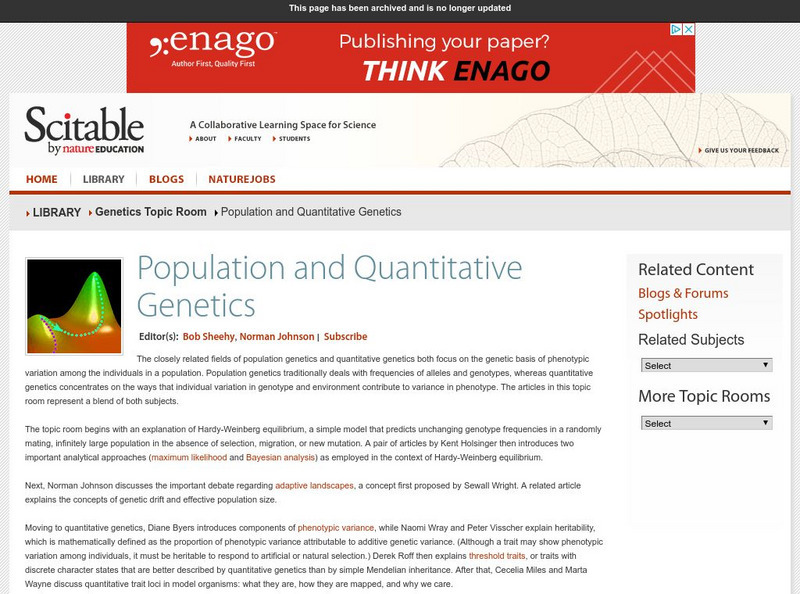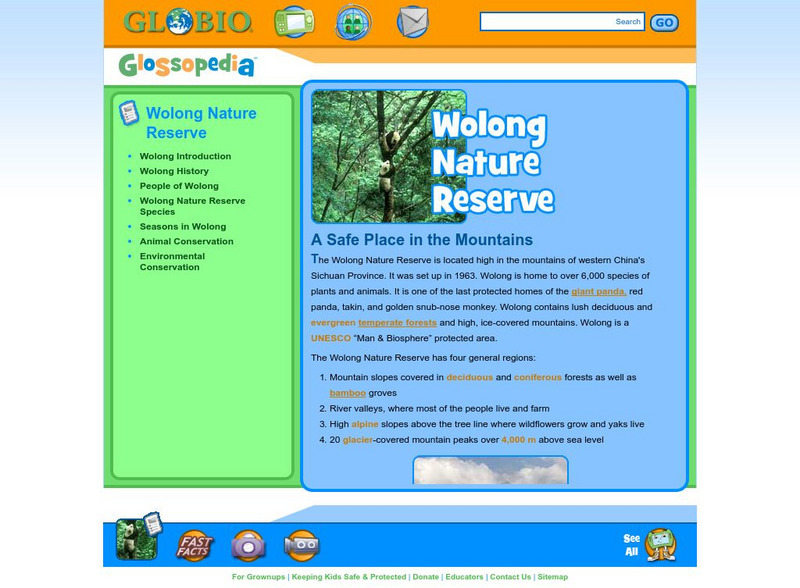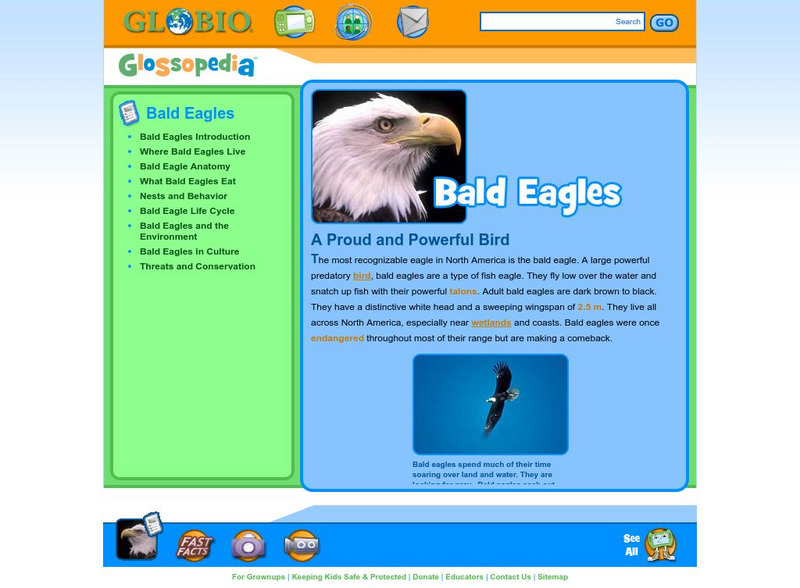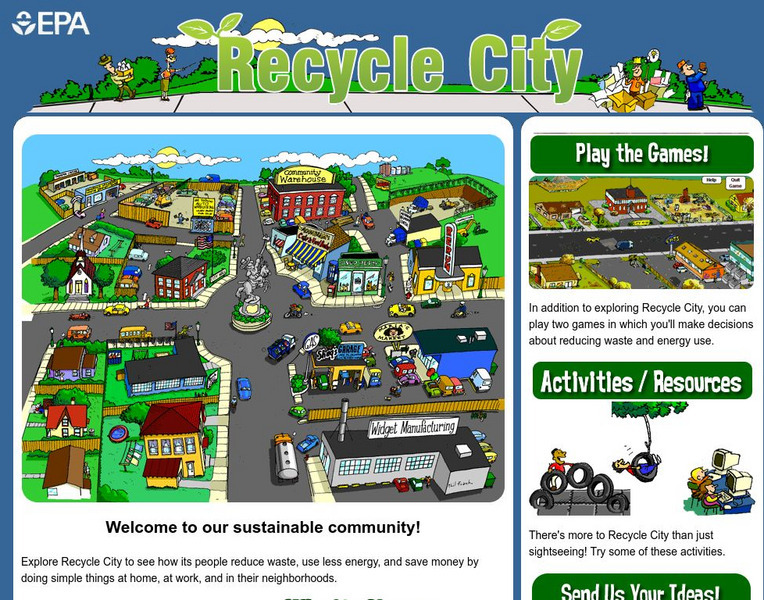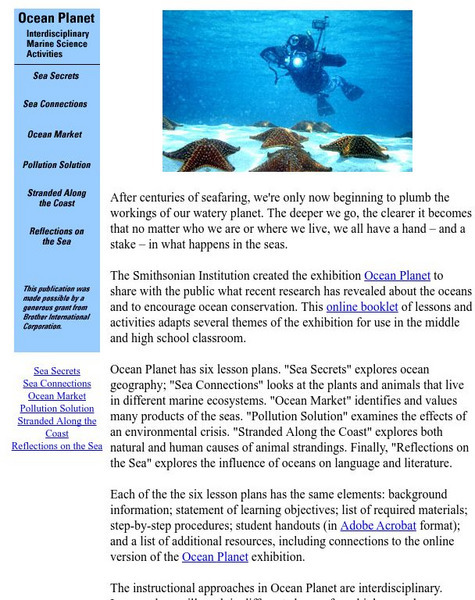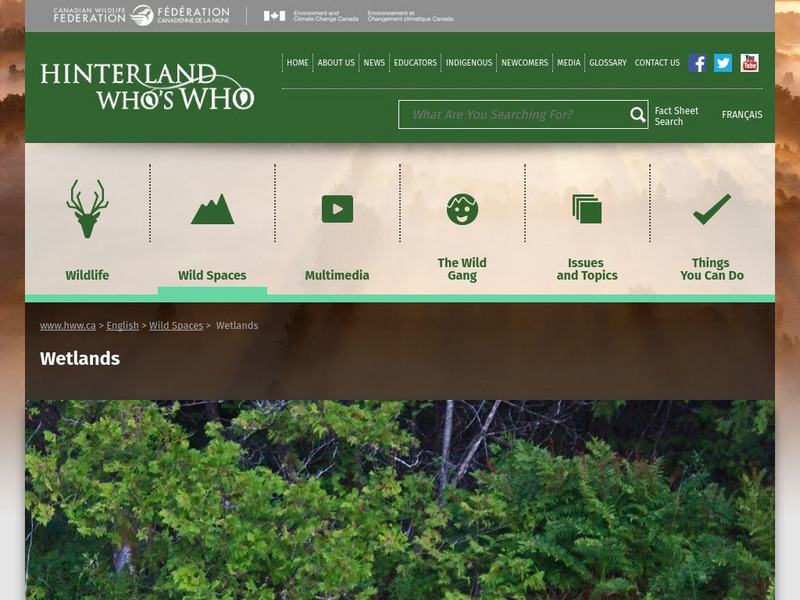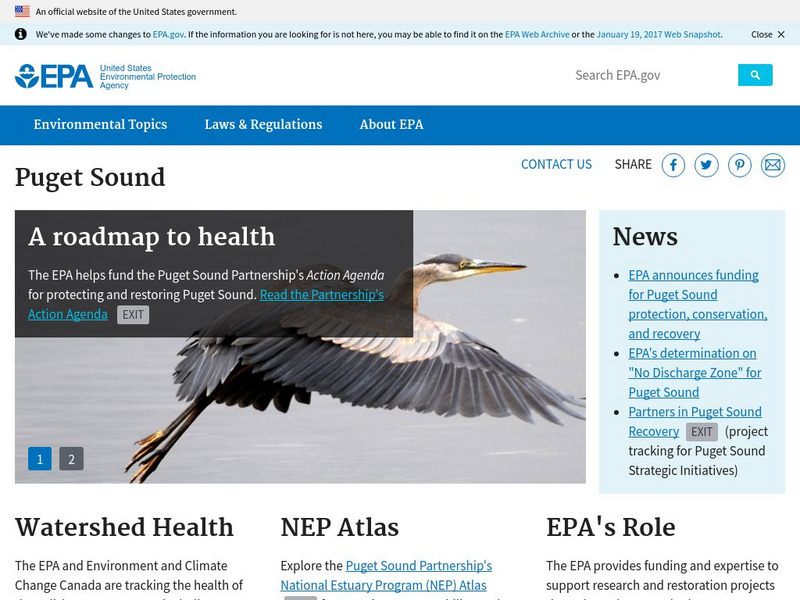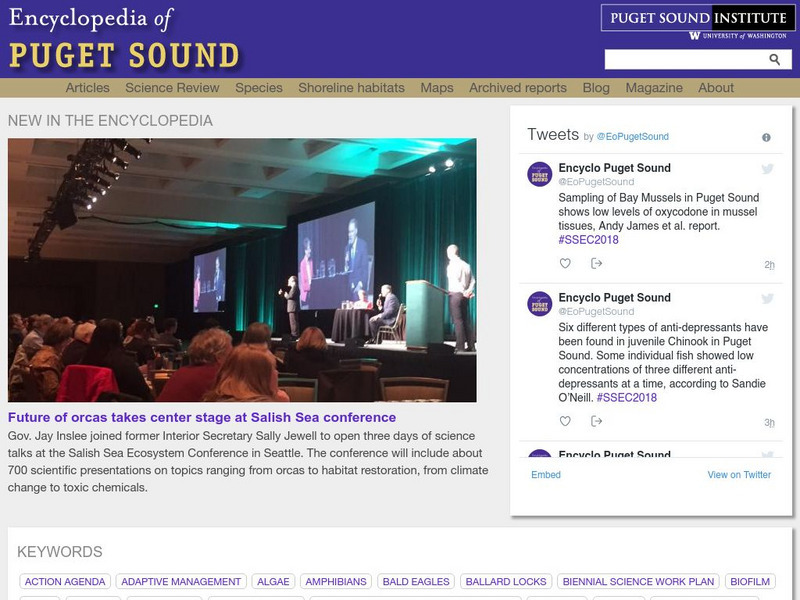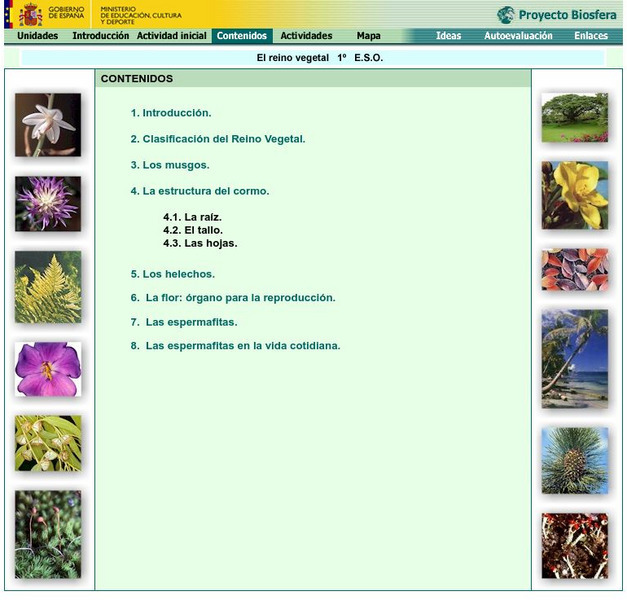US Environmental Protection Agency
Epa: Where Does Your Water Come From? [Pdf]
Where does your drinking water come from? This resource features a clear and concise explanation for this question. This resource will be beneficial to students and teachers.
Other
Earth Day Canada: Eco Kids: Use a Reusable Water Bottle
Did you know that used bottles and cans often end up in landfills or worse, in our lakes and oceans or on the ground as litter! This pollution hurts birds, turtles, and other wildlife. These are some of the reasons why we should use...
Other
Worm Woman's Web Site
Basic introduction to former biology teacher Mary Appelhof's books on vermicomposting at home/school/small businesses. Moderate autobiographical information on Applehof and her goals and purpose for vermicomposting. Brief description of...
Other
Energy Star: Energy Star Kids
The Government sponsored resource helps individuals protect the environment through superior energy efficiency. Topics examined are climate change, global warming, and energy. The resource consists of games and activities, lesson plans,...
Other
Delaware Nature Society
This is the Delaware Nature Society website who envisions a healthy and sustainable environment. Their mission is to connect people with the natural world to improve our environment through education, advocacy, and conservation.
TeachEngineering
Teach Engineering: Design a Net Zero Energy Classroom
Students create a concept design of their very own net-zero energy classroom by pasting renewable energy and energy-efficiency items into and around a pretend classroom on a sheet of paper. They learn how these items (such as solar...
TeachEngineering
Teach Engineering: Designing a Sustainable Guest Village
This instructional activity introduces students to their task of designing a permanent guest village within the Saguaro National Park. The design must provide a true desert experience to visitors while also emphasizing sustainable...
Nature Research
Scitable: Population and Quantitative Genetics
Do you know the difference between population genetics and quantitative genetics? This webpage examines both population genetics which concentrates on frequencies of alleles and genotypes and quantitative genetics which deals with the...
Globio
Glossopedia: Wolong Nature Reserve
Wolong Nature Reserve is a place of great biodiversity and varied environments located in Western China. The reserve's history is described. Various human ethnic and cultural groups are explored as well as the extensive giant and red...
Globio
Glossopedia: Bald Eagles
The bald eagle is a predatory bird that lives in North America. This article discusses bald eagle hunting habits, habitat, life cycle, diet, anatomy and mating habits. The concept of the food chain is introduced and is used to explain...
Curated OER
Coral Reef
Discover more about the underocean environment at this site that surveys animals, environmental factors such as light and temperature, currents, animals, plants, and the like.
United Nations
Unesco: World Heritage
UNESCO designates natural and man-made sites of "outstanding universal value" around the world as World Heritage sites to protect them for future generations. Students can zoom in on a world map to discover Heritage sites close to them...
BBC
Bbc: Climate Change
Play this online game to see if you can persuade European nations to reduce their carbon emissions to help our global climate. You are the president, "the future is in your hands!" Archived.
US Environmental Protection Agency
Epa: Recycle City
Explore the four neighborhoods of Recycle City to learn all the ways people there are recycling, reducing, and reusing materials. Take a look also at Dumptown, which is how Recycle City used to look, and see all the waste reduction...
Smithsonian Institution
Smithsonian: Ocean Planet: Interdisciplinary Marine Science Activities
Smithsonian Institution presents ?Ocean Planet: Interdisciplinary Marine Science Activities?. Through this series of six interdisciplinary lessons, students will look at such things as the organisms in different marine ecosystems, the...
Canadian Wildlife Federation
Hinterland Who's Who: Wetlands
Learn about Canada?s wetlands, what they are and where they are located. Wetlands are divided into two classes: freshwater and saltwater. They are further separated into four main types: ponds, marshes, swamps, and peatbogs. Discover the...
Other
Royal Saskatchewan Museum: Can We Live Sustainably? [Pdf]
This resource provides an overview of the human footprint on the Earth. How is Man affecting Earth, what are the causes of stress, and more importantly, what are the solutions. PDF (requires Adobe Reader).
Texas State Library and Archives Commission
Texas State Library and Archives Commission: To Love the Beautiful: The Story of Texas State Parks
Learn much information about the history of Texas and in particular its state parks. Includes suggested reading material and links to related sites.
US Environmental Protection Agency
Epa: Puget Sound
Learn facts about this important and diverse ecosystem in America's Pacific Northwest.
Other
Encyclopedia of Puget Sound
This in-depth resource offers facts on the ecosystem of the Puget Sound. Includes a searchable database of regional animals, described by both their scientific and common names.
The Environmental Literacy Council
Environmental Literacy Council: For Students
Environmental Literacy Council wants to build a fundamental understanding of the systems of the world, both living and non-living, along with the analytical skills needed to weigh scientific evidence and policy choices in young people....
PBS
Pbs Learning Media: Primary Source: Environmental Preservation Progressive Era
This collection uses primary sources to environmental preservation in the Progressive Era.
National Institute of Educational Technologies and Teacher Training (Spain)
Ministerio De Educacion: El Reino Vegetal
In this lesson you will learn to understand better the different plants in your environment, its characteristics and its presence in our daily lives. Learn how important the plants are for the survival of all ecosystems in the world and...
Other
Eat the Invaders: Periwinkle
Periwinkles are a non-native, or invasive, species of mollusk along the eastern coast of Canada and the United States. Learn about their habitat, the history of their invasion, and the kinds of damage they do to their new environment....
![Epa: Where Does Your Water Come From? [Pdf] Lesson Plan Epa: Where Does Your Water Come From? [Pdf] Lesson Plan](https://content.lessonplanet.com/knovation/original/41160-83ff7c05b0f0460206fa551d2700d8dc.jpg?1661270414)






